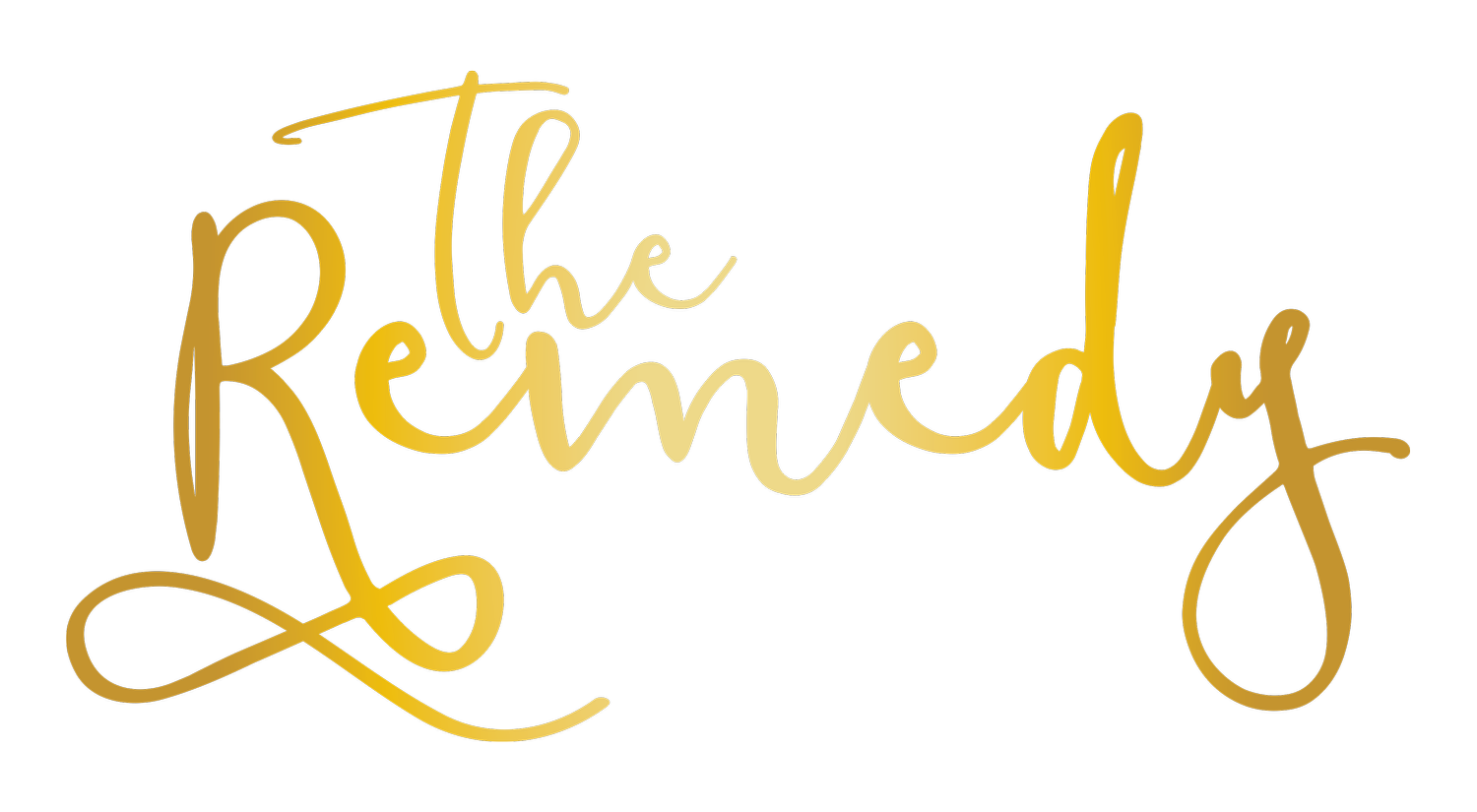Healing beyond words - releasing stress through the body
You probably already know that stress and trauma are powerful drivers of chronic disease.
For so many of us, stress is the starting point on our health journey. It’s something we all encounter and something we must address if we want to heal fully.
Understanding Trauma’s Impact
When we talk about trauma, we mean more than just life’s major events. Trauma can be any experience or series of experiences that cause intense distress and leave a lasting impact on our well-being. Trauma doesn’t discriminate—it affects anyone, regardless of life circumstances.
Both conventional and functional medicine now recognize that adverse childhood experiences (ACEs) can shape our future health in profound ways. People with ACEs are at higher risk for cardiovascular diseases, autoimmune disorders, mental illness, and more. It’s vital to address all forms of stress and have effective tools to heal past traumas for a healthier future.
Why Talk Therapy Alone Isn’t Enough
Talk therapy is often a starting point for those exploring their response to stress. It raises awareness and may even help change behaviors. However, talk therapy alone is often not enough to tell our body that the stress has ended. Revisiting our stories, even from different angles, can feel like running in circles. True healing involves more than simply understanding or analyzing the stress. This is because trauma and stress are stored in our bodies, not just our minds.
The Body Remembers: Fascia and the Vagus Nerve
Your body holds onto stress through its musculoskeletal and nervous systems—primarily the fascia and the vagus nerve. Fascia acts as the body’s connective tissue, holding muscles, bones, and organs in place. It’s like the body’s saran wrap, and it even has memory. It communicates across different levels—electrical, chemical, and even quantum—carrying messages throughout your body.
The vagus nerve is your built-in stress manager, linking your brain with vital organs. It helps regulate your heart rate, digestion, and mood, especially during life’s most challenging times. The body’s systems are remarkably interconnected, and releasing stored tension requires more than talking about it. That’s why we prioritize tools and techniques to help release stress held within the body.
Body-Based Techniques for Real Healing
There’s no “one right way” to release this tension; the most effective approach is the one that resonates with you. Here are some of our favorite methods for supporting the release of stress and trauma from the body:
Non Sleep Deep Rest – Try this free 13-minute NSDR by Destiny Eurkus to reset. This is one of my favorite tools for recovery in the moment. It works very quickly and has lasting effects.
Advanced Allergy Therapeutics (AAT) – This system is an amazing biofeedback tool that works with the vagus nerve to delete over reactions by the body. It was developed for allergies, but it highly effective for stress and emotional trauma as well. Click HERE for more information.
Acupuncture – Helps your body not only release stress, but regular sessions help to build resilience to stress in the body. It can be darn near close to miraculous how much it helps with stress based ailments like insomnia, muscle tension, pain and headaches. We offer a easy access community clinic (check it out HERE) and private sessions with some amazing doctors. (Check out Dr. Intal and Dr. Homberg HERE)
Emotional Freedom Technique (EFT/Tapping) – If you have ever worked with me... You most likely know how to tap. The research on this modality shows it is better for reducing depression and anxiety that cognitive behavior therapy. This is because it re-educates the body's response to emotional and physical stress. It has been a game changer in my own life. Learn to tap in 21 minutes HERE.
Eye Movement Desensitization and Reprocessing (EMDR) – This modality offered by trained counselors helps your body reprocess trauma so that your mind and body can heal from it. It is the method I have personally used and continue to recommend for my patients. In fact, I do not recommend seeing a counselor that is not literate in EMDR if you struggle with past trauma. You can find a certified practitioner HERE.
Body Work and Fascial Release – Physical release through massage, craniosacral therapy, and Rolfing and more. You can also use a foam roller, yoga and stretching and self massage to release fascia. Fascia stores the memories and must be worked with to be released.
Nature Walking/Hiking – Grounding and calming through movement in nature. The more time we spend in nature directly correlates to the release of stress and tension out of the the body. The swining of our arms when walking stimulates both hemispheres of the brain simultaneously, which can help to reintegrate fragmented neural pathways that may have been disrupted by a traumatic experience, essentially "re-wiring" the brain. Add nature to this your body can reintigrate.
Breath Work – Exercises to engage the body’s natural calming response. Specifically diaphragmatic breathing.
Everthing I have mentioned above has served me in my own life and the life of my patients. This is a wonderful place to start if you feel your health is impacted by stress.
Get Creative - Personally I have used journaling since the age of 19 to help me process. But things like art, puzzling, pottery, building things have all been shown to help process stress and trauma.
MY number one tip... just pick something and stay consistent!
Not sure where to start? Work with our functional medicine team to get to the root of your health. Book a FREE 15 minute consult today!
